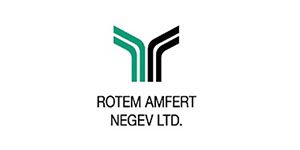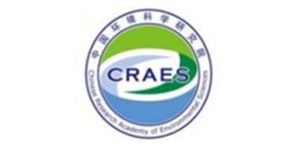Core Ideas
- Time‐lapse ERT imaging was combined with VMS data in a brownfield.
- The setup monitored an infiltrated saline tracer across the vadose zone.
- The spatial distribution of the tracer was monitored with geophysics.
- Flow mechanisms inferred from VMS data improved subsoil characterization.
- Both technologies combined can improve site conceptual models.
Abstract
A saline tracer infiltration test across the fractured vadose zone of an industrial contaminated site in Belgium was monitored by combining surface and cross‐borehole electrical resistivity tomography (ERT) methods with a vadose zone monitoring system (VMS). The VMS provides in situ continuous hydraulic and chemical information on the percolating tracer at multiple depths in the vadose zone. The combination of such high‐resolution data with time‐lapse geophysical images that capture the spatiotemporal variability of the subsurface improves interpretations of flow and transport, providing a better characterization of infiltration mechanisms and preferential flow paths. The tracer infiltration test was performed over a heterogeneous vadose zone composed of backfilled materials, sands and silts, and unsaturated fractured chalk. Monitoring results during a 5‐d period revealed the formation of a tracer plume in the upper backfilled deposits, while some of the tracer migrated laterally following preferential pathways. Slow vertical flow through matrix pores was found to be dominant under dry conditions. Infiltration of small quantities of rain during the test was found to have an influence on the spatial distribution of the plume. Results from long‐term monitoring revealed vertical transport of the tracer toward depths that reached 4 m during a time period of 105 d. During that period, fracture and matrix flow mechanisms across the vadose zone were activated as a response to frequent rainfall episodes. The study demonstrates that the interpretation of geophysical images is improved by in situ information from the VMS.

































